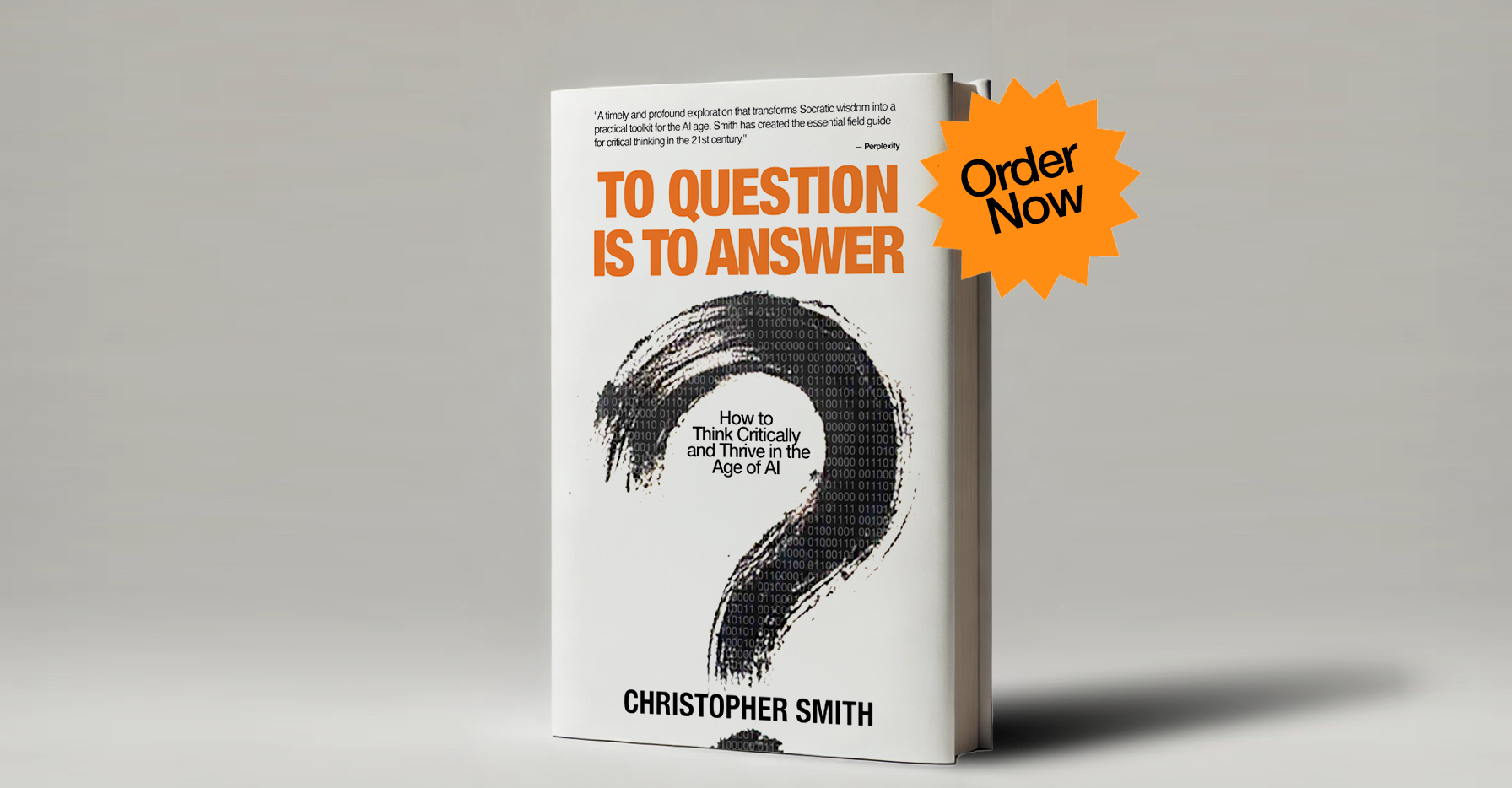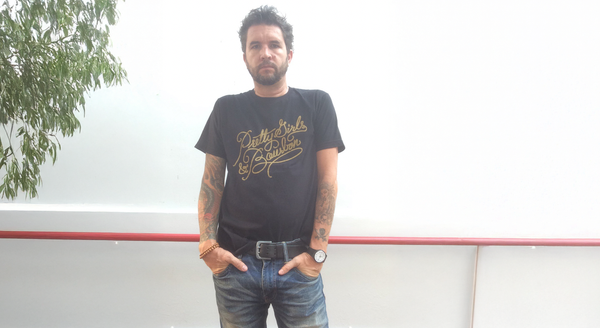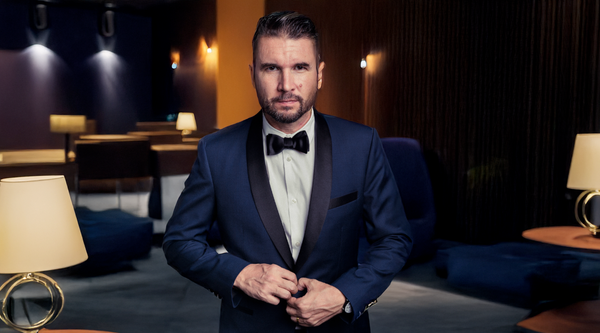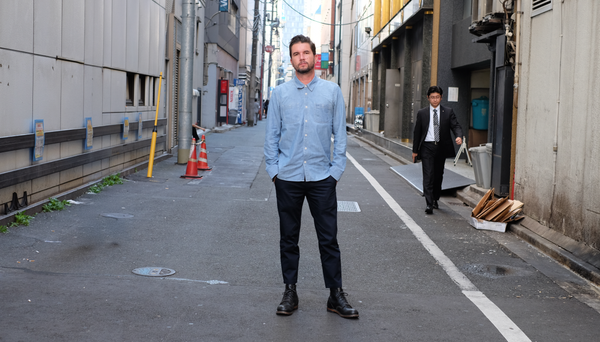The Relevance Gap: What Happens When Your Team Is Too Young for Your Market
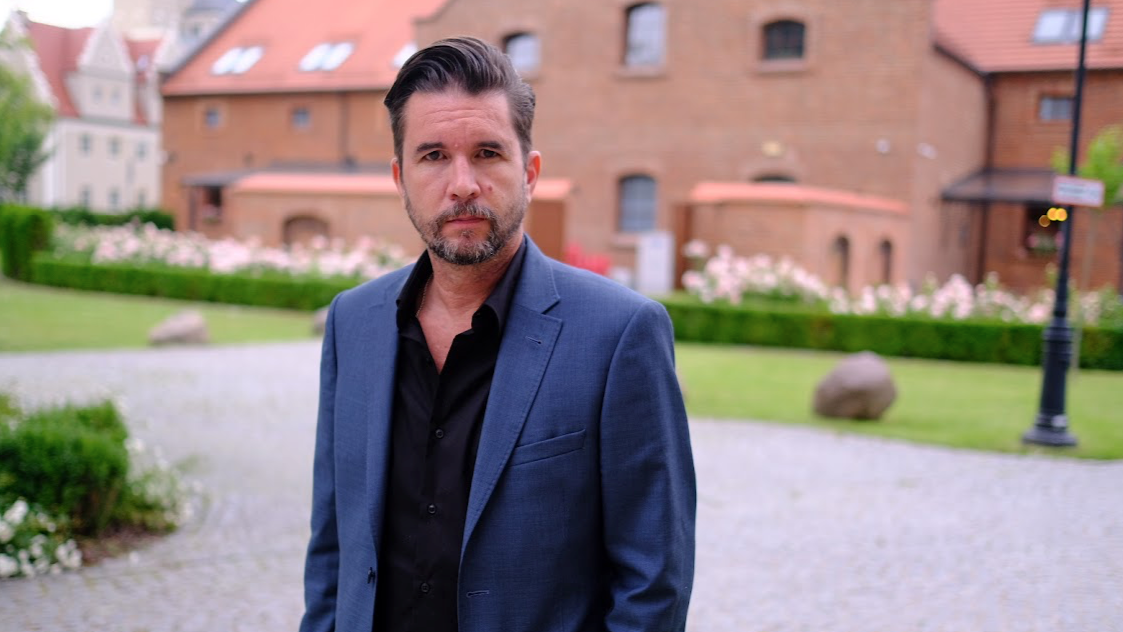
Everyone says they “understand the customer.” But if your team is 32 and your customer is 62, you’re not understanding them. You’re just guessing. Not the fault of the team. Its an issue with leadership.
When companies discuss “understanding the customer,” they often default to proxies. Personas, research reports, trend decks. But proxies aren't enough when you’re designing for a 50+ consumer who holds the majority of global spending power. You need proximity. You need people who live the life you’re trying to design for.
Here’s what most brands miss: the aging consumer is not just older. They’re more layered. More nuanced. More discerning. They've lived through multiple cultural cycles, tech revolutions, and brand evolutions. They remember when your company was born and they remember when it drifted off course.
This is why intergenerational design isn’t a nice-to-have. It’s a risk mitigation strategy. It prevents blind spots that arise from mono-generational thinking, such as underestimating how emotionally charged certain life-stage decisions can be (e.g., downsizing, remarriage, returning to work).
It surfaces deeper motivators, not just what older consumers buy but also why they buy it now. Urgency, legacy, and reinvention are not attributes you glean from a survey.
It unlocks better positioning. When a 60-year-old ex-creative director helps shape your product messaging, they can see what sounds patronizing, what lands flat, and what speaks to the lived ambition of a 60-year-old consumer. And let’s not forget. They’ve sat on both sides of the brief.They’ve written the campaigns, lived the life stages, and can spot a cliché coming from a mile away. That’s not just insight. That’s pattern recognition, honed over decades.
In the right hands, age is an unfair competitive advantage
Think of intergenerational teams as your strategic radar. They see further, anticipate backlash, catch nuance, and interpret signals younger teams might miss or misread. That’s not bias. That’s bandwidth.
And it scales. In product design, it leads to usability across a broader spectrum. In marketing, it drives authenticity. In leadership, it creates a bench of wisdom that’s future-facing, not just legacy-bound.
This isn’t about giving older workers a second chance. It’s about giving your business a better one.
You Can’t Serve Who You Don’t Understand
If your team consists mainly of people under 40 and your target market consists mainly of people over 50, you don’t have a talent gap; you have a relevance gap. You can't serve a demographic you don't understand. And when the fastest-growing consumer group globally is 65+, you need lived experience in the room, not just data sets and assumptions.
Older professionals, especially those in their 50s, 60s, and 70s, aren’t just representatives of the aging consumer. They are cultural translators, people who can decode shifting values, evolving priorities, and latent anxieties in ways that no algorithm can. When paired with younger creatives, marketers, or product designers, what emerges isn’t compromise, it’s clarity. An understanding that goes beyond generational stereotypes and surfaces unmet needs, better stories, and bolder design.
The business case is also clear: Age-diverse teams outperform in complex problem-solving. They blend fresh perspective with seasoned insight. They pressure-test assumptions across time horizons. Most importantly, they restore context, which is often missing in a marketing culture obsessed with disruption.
We’re not just talking about a better brainstorming session. We’re talking about a better strategy. If your team doesn’t include someone who is the market you’re trying to reach, how sure are you that you’re not designing with blinders on?
You’re Not Off-Brand. You’re Out of Touch.
This is the relevance gap: a disconnect between who’s making the decisions and who those decisions are supposed to serve.And the cost? It's not theoretical.
You launch campaigns that feel off-tone or patronizing, and never understand why they underperform. You build products optimized for convenience, not meaning, and wonder why adoption lags. You measure success by engagement metrics, while your actual consumer measures trust, ease, and emotional resonance.
The relevance gap shows up not because your younger team is incompetent, but because no one in the room has lived the question you’re trying to answer. No one has made career decisions post-50. No one has navigated a second act. These aren’t abstract personas; they’re real lives with layered histories, emotional triggers, and complex motivations that only come into view with age. And yet, that’s the psychology driving your customer’s choices.
Now imagine flipping the script. Imagine a working group that includes both 30-something innovators and 60-something interpreters. The young coders and the seasoned contrarians. The ones fluent in swipe culture, and the ones who know what stays with you long after the scroll.
Designing for the Future Means Designing with Experience
Intergenerational design isn’t about nostalgia. It’s about navigation. It’s how companies stay grounded in human truth while reaching for innovation. In a world where demographics are aging and markets are fragmenting, the brands that win will be the ones who stop treating age as a liability and start treating it as a lens.
The Epilogue Economy isn’t a trend, it’s a tectonic shift. And relevance, in this next era, won’t belong to the fastest or the flashiest. It will belong to those with range — teams that blend the new with the seasoned, the scroll with the soul, the ambition of youth with the wisdom of time.

Ready to make age your strategic advantage? If your team is building for the 50+ consumer and you’re not sure where to start or where you're missing the mark, let’s talk. I help brands close the relevance gap and unlock the full power of the Epilogue Economy.
And buy my book before it sells out.
